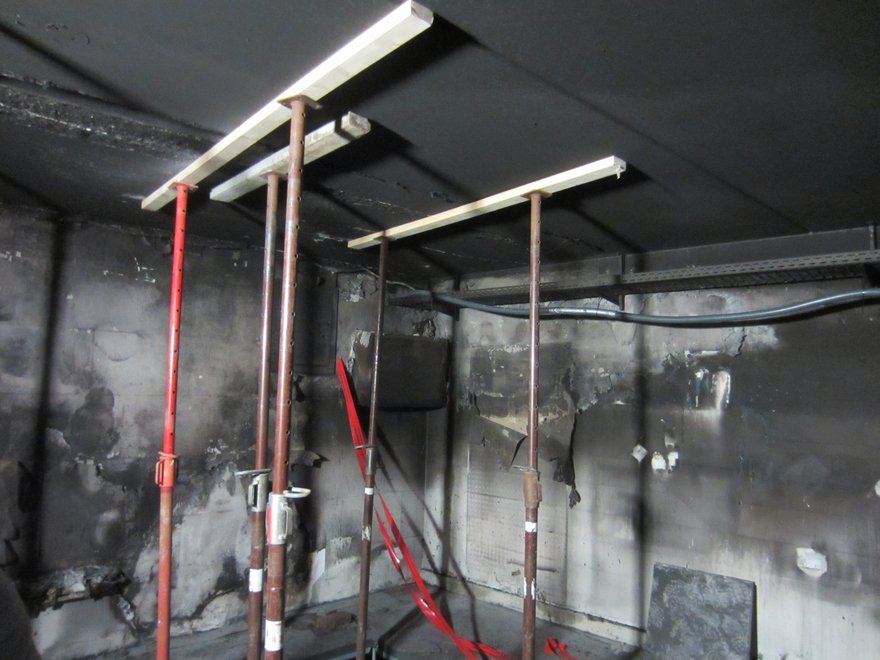A Danish firm has suffered an arson attack which left its building a blackened shell, but its IT equipment escaped unscathed, thanks to a protective modular IT room.
Criminals set a fire at the un-named commercial company, igniting flammable accelerants in a space which contains the IT room. The fire raged for 60 minutes, completely destroying everything in the outer space - but the IT equipment and data survived, inside a free-standing computer room built within the space.
Once the fire was out, the firm found it could reconnect the servers and network, and continue as normal, even though its building was more or less trashed.
Catastrophic event
After what “could have been a catastrophic event,” the firm’s CEO says, “we were able to be up and running again after just three days - including the fire investigation period.”
The IT equipment was contained in a room from RemTech, built with phenolic foam panels designed to resist fire, and was fitted with fire suppression equipment. However, it was surrounded by a blazing inferno, which destroyed everything in the outside space - including the room’s power and data cables.
When the fire was put out the outside ceiling had collapsed, but the free standing data room remained intact. The outside walls (above) were so hot that the fire service drilled a hole in the door to see if there was a fire inside. When the room could eventually be opened, the IT equipment was intact (below left). With fresh power and network cables (below right), it was soon up and running again.
“A lot of IT is protected by traditional materials or panel systems that are simply designed to protect escape routes for 60, 90 or 120 minutes to BS476 Part 22 to meet building regs,” Remtech director Mike Lawrence told Datacenter Dynamics. “However this standard does not take into account the critical temperatures of hardware or media. Hence it is a false protection in a major fire or malicious attack.”
The room, installed in 2007, had walls using high protection phenolic foam encased with steel skins. As Lawrence says, the system has noew been tested “in a real situation” and shown to provide protection.
The heat triggered a fire suppression system, which flooded the room with Inergen gas (a mixture of nitrogen, argon and CO2). A pressure-equalizing flap worked to vent excess pressure - only alowing a small puff of smoke to enter the room, creating the only visible marks in the space.
Lawrence thinks that commercial and government data centers are facing increased risks of attack: “Remtech particularly specializes in meeting forced attack and blast standards for Commercial (LPS 1175) and Government critical infrastructure (CPNI) standards. We are obviously living in very dangerous times and the issue of attack against commercial and Government IT sites could very possibly be the next target. Data center managers and CEOs need to have in place the correct levels of protection to meet these threats.

